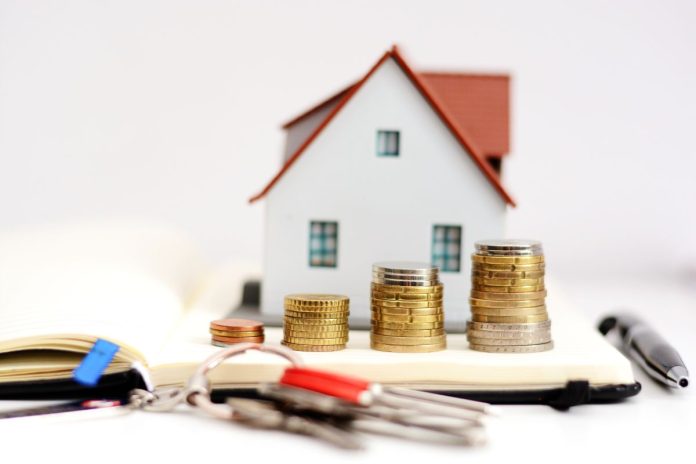Everyone knows real estate is a tangible asset that appreciates over time. But how does one determine the value of a property? Unpacking the value of a property can be challenging and tricky. Yes, the saying that when demand exceeds supply, the value will shoot up holds true.
However, there are several other factors that come into play in regards to property value. There are location, size, condition, property taxes, and amenities to consider. Property development expert, David Baynie takes a closer look at the reasons why some properties are valued higher than others.
Location:
It is not surprising that properties in the cities command more premium than the ones in the suburbs. “Australia boasts of vast spaces, yet many are still grappling for space in the cities,” David Baynie explains. Everyone desires where they can work, shop, and destress after a long day at work-all within walking distances. Properties that meet these standards are the gold mine and these are cities and some suburb areas. Other factors include:
- Neighbourhood Desirability: The reputation and overall appeal of a neighbourhood play a significant role. Factors such as safety, crime rates, schools, and amenities contribute to its desirability.
- The closeness of things that matter: When you are near hospitals, schools, shopping centres and transport systems this will make life easier hence making it more valuable.
- Land Use Regulations: This is how lands can be utilised in regards to zoning laws. Areas with good land use such as high-density residential or commercial development may experience relatively high property value increases.
Size and Condition:
The size and condition of the properties are also important. Larger properties generally command higher prices due to the added space they offer. There are also:
- Property Condition: In cases where properties have been taken care of well by means of repairs or renovations, they tend to attract buyers more than those that haven’t been taken care of. The age of the house, its roof status, whether it has an HVAC system and what kind of plumbing affects value.
- Energy Efficiency: Properties that consume less energy like those with solar panels or efficient appliances will always be in demand and even earn tax rebates.
Amenities and Features:
A swimming pool, outdoor living spaces, high-quality finishes, and modern appliances will sure make a home more attractive to potential buyers. Amenities such as:
- Outdoor Spaces: A well-designed yard, patio, or garden can enhance a property’s appeal, especially in areas with favourable climates.
- Interior Features: High-quality finishes, modern appliances, and unique architectural details can set a property apart.
- Additional Features: Amenities like swimming pools, home theatres, or guest suites can increase value, but their desirability may vary depending on local preferences and market trends.
Market Demand and Economic Factors
David Baynie noted that many tend to live in places where there are jobs and the economy is booming. This will bring about an increase in the value of properties there.
- Economic Conditions: The overall state of the economy can influence property values. During periods of economic growth, job creation, and rising incomes, demand for housing often increases, driving prices up.
- Interest Rates: Lower interest rates make it more affordable to borrow money for a mortgage, which can increase the demand for housing and property values.
The Character, Style, and Appeal of Homes
A number of factors can affect the price and desirability of a property significantly. The value of homes that have specific architectural styles like Victorian, Colonial or Modern may be higher compared to historical homes. Such houses are rare; hence, homeowners would offer more for distinctive properties.
- Custom Features: Original woodwork, stained glass windows, or built-in bookshelves are a few of the unique features that can make it more charming and ofcourse boost the value..
- Decor: Certain colours, furniture and accessories may convey a particular look such as minimalist styling or classicism
- Layout: The arrangement of rooms and spaces also contributes to the overall character of a house.
Gentrification
One of the factors that pushed the value of houses up in some suburban areas is gentrification. Gentrification is a way in which wealthier residents move into low-income neighbourhoods. This has been a trend in many Australian cities over the past few decades. This influx of highly influential people can develop the areas and thereby increase the value of the property. It can lead to:
- Economic Development: Gentrification has a way of awakening the slow economies by stimulating the growth of companies and investments into areas that were hitherto neglected.
- Improved Infrastructure: The increase in property values could compel local authorities to inject funds into various infrastructures, including parks, transport systems and community facilities.
However, gentrification can lead to:
- Displacement of Residents: These long-term residents might find it hard to cope with new property prices that they have never met before and thus would be forced to relocate.
- Loss of Community Character: Gentrification can make an area less culturally unique as new people take over from those who lived there before.
- Commercialization: Gentrification often leads to the influx of chain stores and businesses, which can displace local businesses and reduce the diversity of the neighbourhood.
Bottomline
As said earlier, several factors are what contribute to the value of a home. Investors and potential homeowners need to understand these factors in order to make informed decisions.





